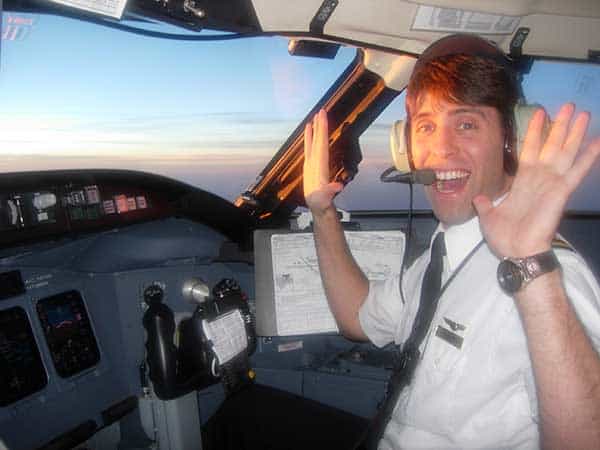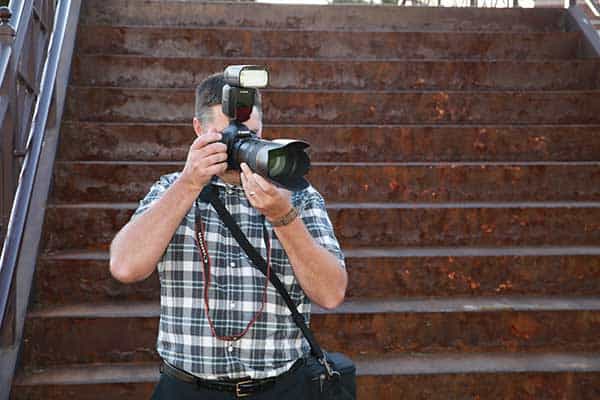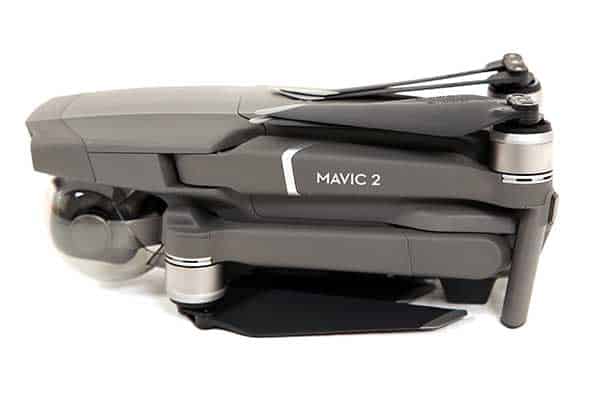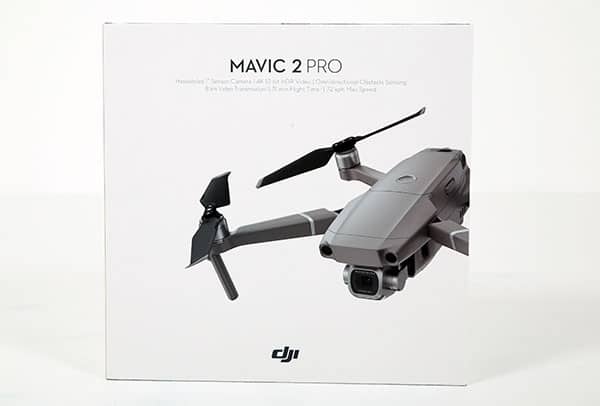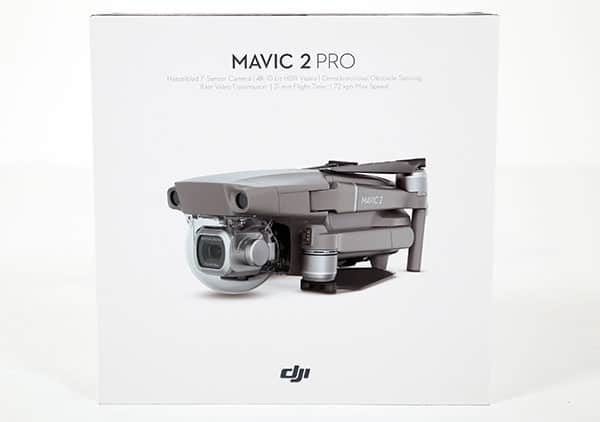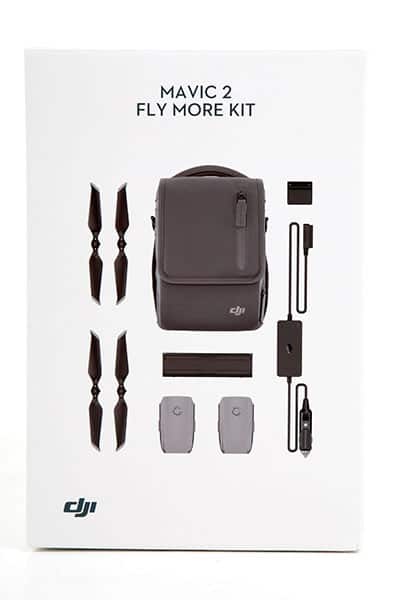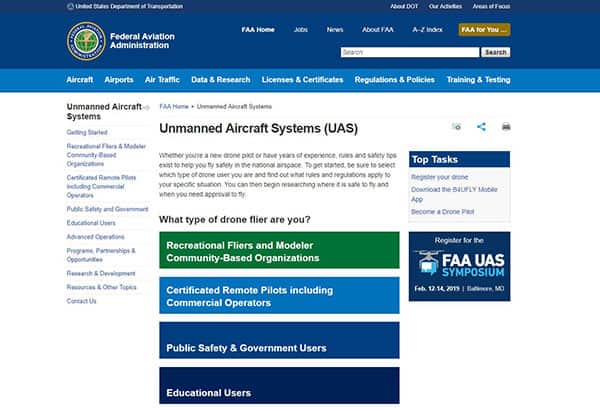I’m so excited! I just got my DJI Mavic 2 Pro drone delivered. I’ve been researching for months, and now I believe I have the best drone to take my fishing videos to the next level.

Stuff Nobody Wants To Talk About
After doing a little research, it came apparent to me that this is no toy. It’s not something you purchase at the store and immediately go home and play with it. OK, maybe we all play with it right away, but to operate this thing legally, there is a whole lot more to know. Unfortunately its not the stuff that’s fun to read about, but its the stuff that’s critical to know to keep you from getting fined, and everyone around you safe.
Why Should You Listen To Me?
This is my first drone, so what makes me qualified to give you good information about buying a drone? Well, fishing is my passion. If I could spend all of my time doing that, I would, but I do have two other careers. My main job is working as a part 121 airline pilot. The other is being a professional photographer. I understand the complicated process of getting a pilots license (which you might need), and what specs are important when it comes to a flying camera.
I will readily admit, there are many things that I still have questions about, but that’s what this post is all about. You will probably have many of the same questions I do, so when I figure things out, I will post them here at www.gomidwestfishing.com so everyone can benefit.
Here is a List of Things We are Going to Talk About
- Unboxing (what you get and why I bought this one)
- Registering (who needs to, and where and how to do it)
- FAA Rules (the boring stuff you HAVE to understand)
- Where can I fly a drone (how to know which places are legal)
- Do I need a pilots license (some people do, some don’t)
If reading is not your thing, and you’d rather just watch the video… Here you go.
Unboxing the Mavic 2 Pro
This might be the only exciting part about this post. I spent many months preparing for the day I could actually purchase a drone. It doesn’t take long to notice that DJI drones are always at the top of the list. I had settled on the Mavic Pro Platinum. I wasn’t sure if the extra money for the “Platinum” was worth it. The only real difference between the Mavic Pro and the Mavic Pro Platinum was the noise level, which it achieves with new props that will actually fit the Mavic Pro too. It does come with different motors also, but you probably wouldn’t know it if they didn’t tell you. It does claim to have an extra 3 minutes of flight time per battery charge, which is almost enough to consider.
Mavic 2 Pro
Then they came out with Mavic 2 Pro. I was still thinking of getting the Mavic Pro Platinum. I figured the price would drop significantly and everyone would be selling their old ones in search of the Mavic 2. Some of the first reviews of the Mavic 2 were complaining of some bugs that haven’t been worked out yet, so I wasn’t interested quite yet.
The main focus here was to get a good quality camera on a drone so I could get those epic shots I was looking for. The more I read about it, the more I wanted the new Hasselblad camera with the 1 inch sensor that comes on the Mavic 2 Pro. Image quality is the most important thing to consider. The 1 inch sensor is emerging as the new gold standard to have for a quality picture. A larger sensor makes it easier to shoot quality footage in low light. All fishermen know that the best fishing is in the morning and evening when there is not much light.
Portability
The second thing to consider is portability. This drone has to be able to go with me anywhere. Most likely it will be put in my boat, in a sled out on the ice, or in a backpack while fishing some streams in the backwoods. The fold-able design of the Mavic makes it ideal for this. It is incredibly small when folded up. The drone, controller, 3 batteries, cords, and extra propellers all fit in a carrying case only 9 inches tall by 7 inches wide.
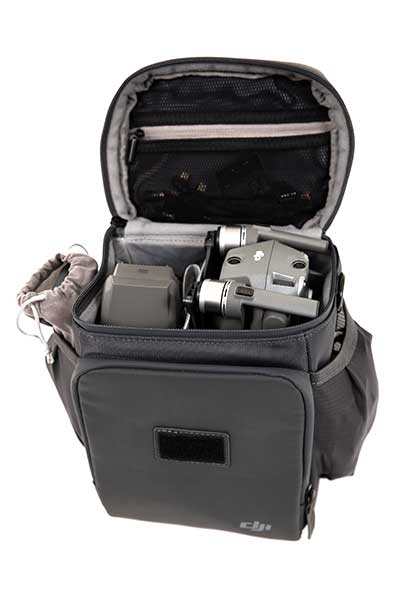
Cost
There are drones out there that can get equal or better footage, but you will have to pay for it. The DJI Phantom has been a favorite of photographers for a while now, but it lacks the fold-able design. If you are a professional film maker, the DJI Inspire might be a good choice, but now were talking $3,000 to $12,000. It’s not within my budget, and I will need to hire someone to carry it for me.
4K Video
Currently 4K video is the gold standard. I’m assuming 8K will be on the horizon soon. If you plan on investing thousands into a drone, you really don’t want yesterdays technology, especially if you plan on keeping it a while. Not all 4K cameras are equal. Because of the higher amount of information the camera needs to store for each frame of video, it needs to make compromises somewhere. Generally your choice of frame rates will take a hit. In order to get those awesome slow motion shots, you will need to record in a higher frame rate then you are using. For example, if you are producing a video at 30 fps (frames per second), then filming at 60 fps will allow you to make the clip twice as long, giving you a video that’s twice as slow as normal time. Most lower end cameras can’t offer a frame rate higher than 30 fps. The Mavic 2 can do 60 fps at 4K. You also have the choice of shooting in 2.7K or 1080P which will start to open up all the options the camera has, including much higher frame rates for that super slo-mo.
There are many more things to consider, but I will go into greater detail in another post.
What’s in the box?
The box that contains the drone just comes with the essentials.
The drone comes with the propellers off, but you will find them in one of the little boxes. You will also get the controller, standard power cord, and a small users manual, which doesn’t tell you much.
Fly More Kit
Since the drone comes with the bare minimums, I highly suggest getting the “fly more kit.” It contains all the things you actually need, like two extra batteries, a carrying case, and a car charger. It also has a charging hub so you can plug 4 batteries in at once. It only charges one battery at a time, but you don’t have to keep switching them out. Another small but really cool item is an adapter you plug into the battery and it gives you two USB charging ports.
Do I have To Register My Drone?
Most likely yes. All drones from 0.55 lbs to 55 lbs need to be registered with the FAA. Unless you have a small toy drone that won’t do you any good for what we’re talking about here, you will need to register.
Where Do I Register My Drone?
You will be registering it with the FAA, so the best place to register is the FAA website at https://faadronezone.faa.gov/#/. It will cost $5 per drone and they will email you a registration card. Print this card and keep it with you. It’s no different than your car or boat registration. If you get ‘Pulled over;” they may ask for your drone registration.
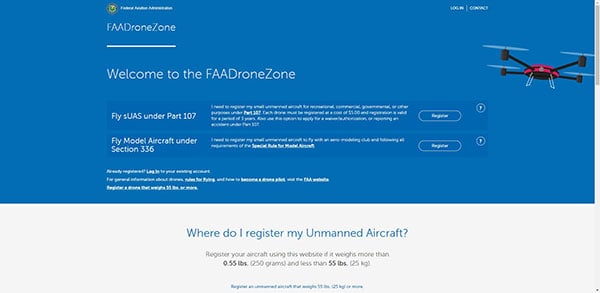
Just like your boat registration, it is good for 3 years. Your card will have the issue and expiration date on it. Oh, and you have to be at least 13 years old to register one.

If you google how to register a drone, your first results will be places like, federaldroneregistration.com and drone-registration.net. These are third party sites that take your information, then register it for you. When you get to the end of the form, then they tell you it costs $99 to register. Of course they will try to up-sell you the $199 package that includes some training.
What they don’t tell you is that all this can be done directly on the FAA website for $5. They will try to intimidate you with threatening statements right on their homepage, like this one.

Rules For Flying Your Drone
Now lets get to the exciting stuff. Rules rules rules! This is the stuff you need to know, but may not be the most fun thing to study. We’ll cover the most common rules you should know, and I will make some comments about each. It is up to you to know all the rules and this is just a brief guideline to get you familiar with some of the things you will need to study.
Must weigh less than 55 pounds at takeoff

This includes payload. If you are using a drone such as the DJI Mavic, then this won’t be a problem. It only weighs around 2 pounds, and won’t be able to carry enough weight to exceed this limit. There is a growing trend towards flying out a fishing bait and dropping out far from shore, so there is a chance you would carry a payload. Something I might experiment with is a flotation device. It looks like two pool noodles attached like mini pontoons under the drone. I will mainly be flying over water, and this just might save me. I will be sure to post the test results if I decide to do this.
Flying only in class G airspace
If you do not have a pilots license yet, then it might surprise you to know that not all airspace is the same. The FAA classifies it by Letters. There is class A, B, C, D, E, and G. Class G is the only one not under direct control by the air traffic controllers. You will need to learn the rules regarding these airspace classes. Click here for more info and a visual picture of the airspace system. There is also special use airspace like military operating areas, and restricted areas.
Keep the aircraft in visual line of sight
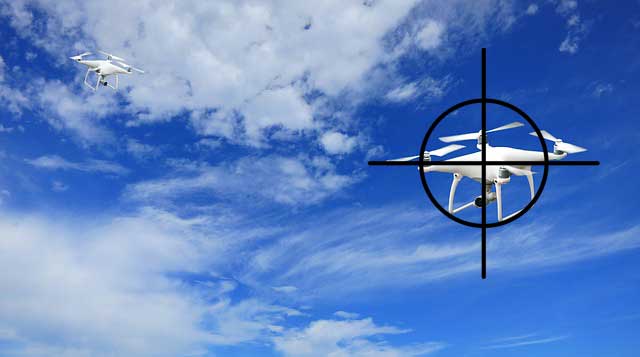
This is exactly what it sounds like. You must be able to see the drone you are flying. The Mavic 2 can fly up to 5 miles away. I guarantee you will not be able to see it that far away! If you will be flying out of visual sight, you can use spotters who are in contact with you over a radio. Our goal is to film our fishing boat from nearby, so it shouldn’t be a problem. I might want to venture around the lake to see whats going on though, so on second thought, I will have to be careful how far I go.
The drone must stay below 400 feet AGL
This is a big one. If you fly any higher you might have a chance at colliding with a manned aircraft. AGL stands for above ground level. If you read this rule carefully, it actually say within 400 feet of the ground or structure as long as you are within 400 feet laterally of the structure. I may need some clarification on this one. I believe you can only go 400 feet above structures if you have a remote pilots license. Otherwise you are stuck to 400 feet AGL only.

For example. If you flew over the top of this lighthouse that was 200 feet tall. You could fly 400 feet above the lighthouse making your altitude 600 feet and it would be legal as long as you were within 400 feet laterally of the tower.
You can only fly during daylight or civil twilight
Daylight just means during the daytime hours, but what is civil twilight? It’s that time when the sun is below the horizon, but there is still enough light to see. The technical answer is when the sun is 6 degrees below the horizon. So in the morning its when the sun is 6 degrees below the horizon until sunrise. It’s just the opposite for sunset. How long civil twilight lasts depends on where you live. If you live in Alaska, civil twilight can last all day long during the winter months. For most of us, you can expect around 30 minutes or so. If you fly during these times, you will need lights on your drone.
Fly below 100 mph
The Mavic 2 claims speeds of 45 mph in sport mode. If you are flying faster than that, you might have a racing drone. We are fishing, not racing, so lets move on.
You must yield the right of way to manned aircraft
Don’t hit a real airplane please. This is the quickest way for the FAA to tighten the already strict rules on drones. If you are following the rest of the rules, this shouldn’t be a problem.
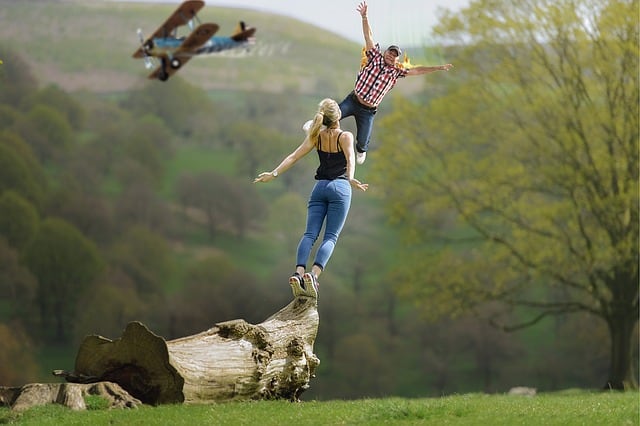
Do not fly over people
If you don’t know the people around you, don’t fly over the top of them. If they are part of your crew or working as visual spotters, then that’s fine, but don’t go flying over a crowd of people, and it’s also illegal to drop things on them. For example, dropping shirts into a crowd at a baseball game.
You cannot fly a drone from a moving vehicle
It’s kind of like texting and driving, not a good idea. For us, we will most likely be flying from a boat. When you think of vehicle, a car or truck comes to mind, but a boat is considered a vehicle too. I think the key word here is “moving.”
Don’t fly near airports
For most airports, the controlled airspace extends to the ground within a 5 mile radius of that airport. You must not fly within that ring unless you get prior permission from the control tower or airport operations. From what I understand, you are only allowed to do that if you hold a remote pilots license. We will talk about that later in this article.
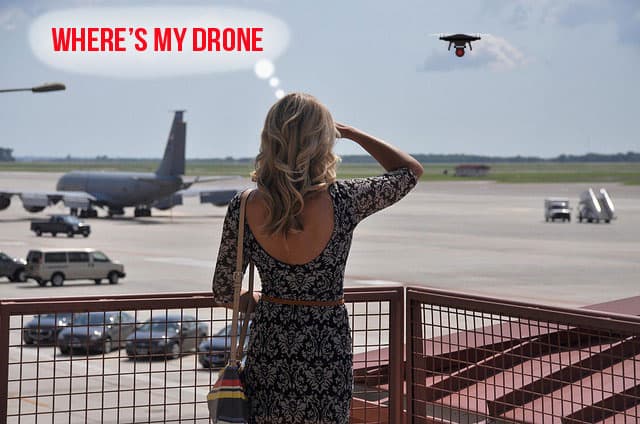
Do not fly over emergency’s
This has especially become a problem out west with all the wild fires. There are lots of low flying aircraft trying to put out the fires. They don’t need to be dodging drones too. It’s also temping to get a closer look at accidents, but please stay away from these too.
Don’t fly under the influence
8 hours bottle to throttle is the pilots motto. The legal limit for flying is .04 percent blood alcohol. That’s right about the point a breathalyzer can register a reading. So it’s safe to say, almost any amount can get you in trouble.
Where Can I Fly My Drone
We already talked about not flying near airports, in national parks, in restricted airspace, and over people, so what’s left? Good question. It feels like we are being squeezed into a very small space where we can safely and legally fly.
As with all things in life, there’s an app for that. Two of the more popular ones are AirMap and Hover. They will show your GPS location and all the restricted airspace near you. The FAA has an app also called B4UFLY.
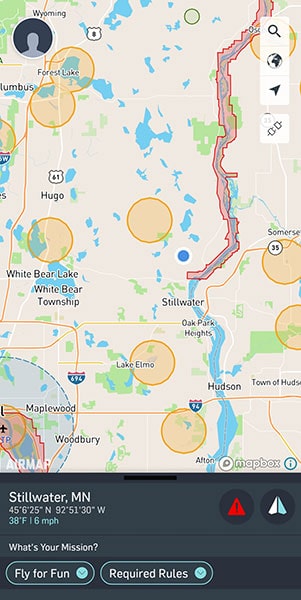
AirMap 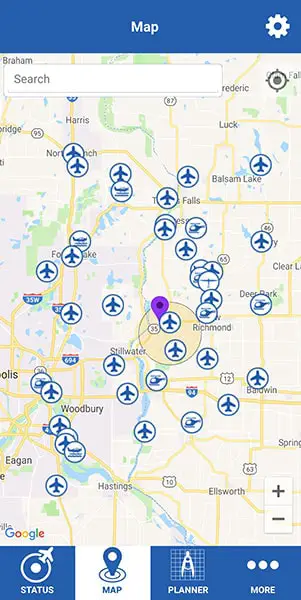
B4UFLY
Do I Need a License To Fly a Drone?
That depends on the type of flying you are doing. If you want to fly strictly for recreational purposes for your own enjoyment, you are covered under CFR part 101 section 336, which covers general guidelines for model aircraft. You do not need a remote pilots license. You are still responsible for knowing the rules of when and where you can fly.
The FAA has most of the info you need at https://www.faa.gov/uas/
If you fly for commercial reasons or someone is compensating you for flying, then you are flying under CFR Part 107, which requires a remote pilots license. Remember, compensation doesn’t mean just money. If you are given anything of value for your services, then you are a commercial pilot. Even if your neighbor mows your lawn in exchange for a picture of his house for his real estate ad, you technically need a remote pilots license to do that.
How Do I Get a Remote Pilots License
To become a pilot you must:
- Be at least 16 years old
- Be able to read, speak and understand the English language
- Be in a good physical and mental condition to safely fly
- Pass an aeronautical knowledge exam
- Pass a recurrent knowledge exam every two years
The knowledge exam
If you already hold a pilots license, then you got it easy. All you have to do is pass an online test of 30 questions. The FAA even has a study course you take before the quiz. You do need a score of 100% to pass. When you are done, you will get a certificate of achievement, which you will need later. You will also need to prove you passed a flight review within the last 24 months.
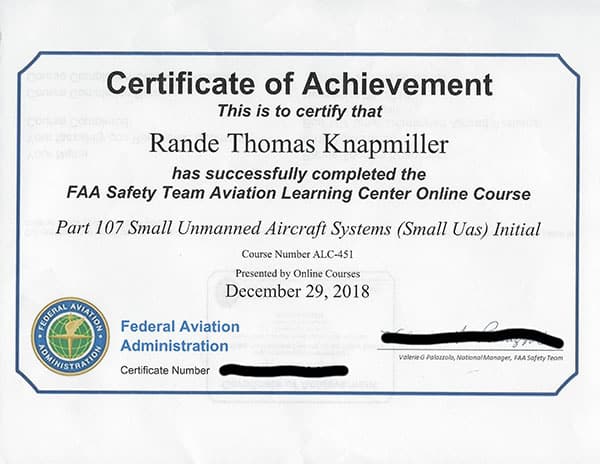
If this will be your first certificate, then you will need to study all things flying related. Click here for a study guide of items you need to know.
Knowledge exam topics
- Applicable regulations relating to UAS (unmanned aircraft systems)
- Airspace classification and operating requirements
- Aviation weather
- Small unmanned aircraft loading and performance
- Emergency procedures
- Crew resource management
- Radio communication procedures
- Determining the performance of small unmanned aircraft
- Physiological effects of drugs and alcohol
- Aeronautical decision making and judgement
- Airport operations
- Maintenance and preflight inspection procedures
After you study all these topics and feel ready for the test, yo will need to make an appointment at a knowledge testing center.
After passing the knowledge test, you will get a certificate similar to the one above. From here, the process is the same for both pilots and non-pilots.
Remote pilots licence process
Now you will need an 8710 form. This is now all done online through IACRA (Integrated Airmen Certificate and/or Rating Application).
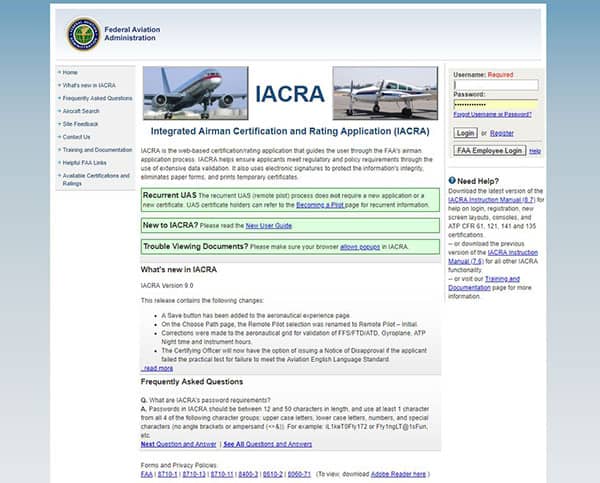
When you finish the application, you will be given a FTN (FAA Tracking Number) and an application ID number.
Now to actually get the license, you will need to make an appointment at your local FSDO (Flight Standards District Office). This is the easiest and quickest way. Otherwise you might be able to find a flight instructor to submit your info for you.
Here’s what you need to bring with you
- Application ID number
- IACRA FAA Tracking Number (FTN)
- Identification
- Knowledge completion certificate
- Pilots certificate (if you have one)
- Flight review documentation (for pilots only)
If everything checks out, you will be given a temporary certificate that’s good for 120 days. By then, your new one should arrive in the mail.
Summary
Using a drone will definitely take your videos to the next level. Just make sure you are following all the rules associated with flying a drone, or you may not be making videos anymore.
When you get your drone, be sure to register it, and then decide if you will need to get a remote pilots license based on the type of flying you do.
As with any type of flying, the rules can get complicated, so I suggest not going it alone. Find others who are flying drones that can help guide you. Join a club, or even a forum where you can be keep up to date with all the new happenings in the industry. I joined the Mavic Pilots forum before I ever bought one, so I would already have an idea of what I’m in for.
As of this writing, I’ve only got a handful of drone flights under my belt, but so far I’m loving it. The footage and pictures I’ve been getting are amazing! I’m actually quite surprised how rock steady the video footage is. I’m very happy with my purchase and I am excited to see what I can create with it. Happy flying!
***UPDATE***
The world of drones is changing quickly. Most of what you read here still applies, but the FAA is constantly adding or changing the rules, so be sure to check the actual regulations before you fly.

